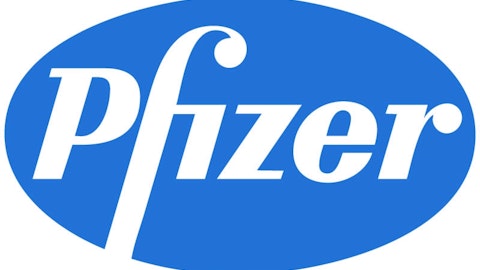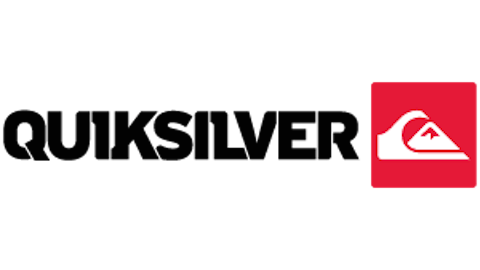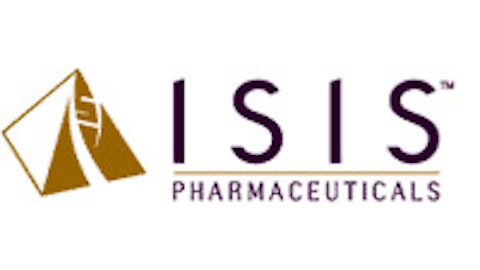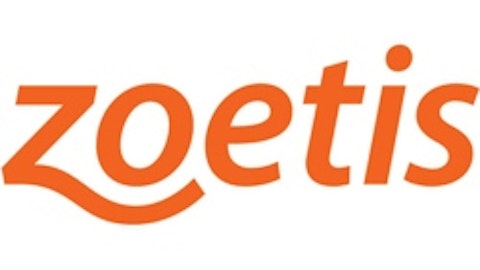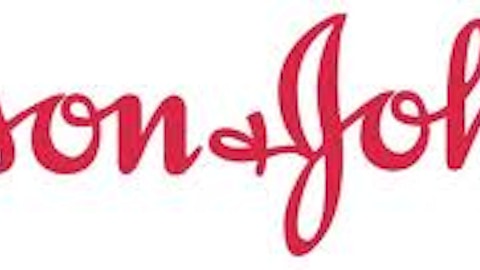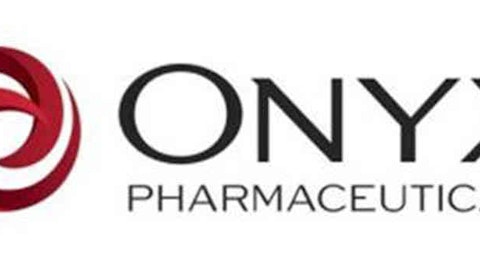Recently, I enjoyed an article contributed by Adam Feuerstein (“AF article”) regarding Antares Pharma Inc (NASDAQ:ATRS) and its transformational product Otrexup. Here, I would like to present my views on the following items debated in the AF article: (1) sufficiency of data submitted to FDA, (2) marketability and sales of Otrexup, and (3) Antares Pharma Inc (NASDAQ:ATRS)’s market capitalization and its buyout potential.
Otrexup is a drug-device combination currently seeking FDA approval to become the first and only self-injectable methotrexate (MTX) device that can be used by rheumatoid arthritis (RA) patients at home. I refer interested readers to my previous article on Otrexup for a very detailed analysis.
Sufficiency of data submitted to FDA
AF article states that very little data have been presented and published by Antares Pharma Inc (NASDAQ:ATRS) on Otrexup. Since Otrexup is a drug-device combination product, its regulatory pathway for approval is managed by the Office of Combination Products, or OCP, division of the FDA.
OCP issued a guidance to clarify the data requirements for injector drug-device combinations seeking approval. According to the OCP guidance the applicant needs to submit data showing that the intended user group can safely and effectively use the injector. Antares Pharma Inc (NASDAQ:ATRS) submitted data from its “Human Factors Usability” and “Actual Human Use” studies.
Furthermore, if the injector is prefilled with a certain drug, OCP requires a pharmacokinetics study comparing the new injector to an approved route of delivery. Note that Otrexup changes the route of injection from intra-muscular (IM) to subcutaneous (SC). Antares conducted two pharmacokinetic studies to satisfy this additional requirement by comparing Otrexup against oral administration and IM injection.
OCP also encourages meetings to clarify case-specific data requirements. Antares Pharma Inc (NASDAQ:ATRS) had numerous meetings with OCP: 2011 meeting to confirm regulatory pathway, pre-submission meeting in 2012, and mid-cycle review meeting in 2013, all of which went smoothly.
Additionally, Antares submitted the results of numerous European clinical studies showing the benefits of subcutaneously injected MTX over oral administration, as supporting evidence. Note that, SC injection of MTX has been already approved and widely used in Europe and Canada.
Marketability and sales of Otrexup
AF article states that Antares is likely to face skepticism from all sides: “Doctors won’t have any efficacy data on Otrexup so may not rush to prescribe. Insurance companies could be slow to accept Otrexup”.
I completely disagree. Antares as well as many European clinical studies (see slide 10) established that SC injection has better efficacy than oral forms, as the systemic bioavailability of MTX is higher especially at higher doses. Antares Pharma Inc (NASDAQ:ATRS) already referenced such studies in their FDA application.
Better efficacy is not the only reason for superiority of Otrexup over oral tablets. European studies also established that since oral tablets have to go through gastro-intestinal tract, they cause many more side effects and the amount of oral medication that is absorbed into the blood varies greatly among patients, i.e., notorious “variable absorption” problem.
Secondly, Otrexup will grab massive market share from IM injections for many reasons as detailed in my article. Insurance companies will happily switch patients from IM injection to Otrexup to eliminate the cost of weekly office visits.
Thirdly, insurance companies would be interested in keeping patients longer on MTX before switching to expensive biologics, which can be achieved by the higher systemic bioavailability of MTX, thanks to Otrexup.
Antares’s market capitalization
After raising questions about data quality and marketability of Otrexup, AF article states that Antares’s market cap already exceeds $500 million. Market cap of Antares has been the biggest bear argument, i.e., 23 million in sales with half a billion in market cap sounds like over-valuation.
Bears fail to realize that a savvy investor doesn’t buy Antares for its current sales, but rather its future billion dollar revenue potential driven by Otrexup, testosterone injector, three marketed products, and eight other pipeline products. Their Teva Pharmaceutical Industries Ltd (ADR) (NYSE:TEVA) partnership alone is developing drug-device combination products worth $3 billion in US sales. Teva Pharmaceutical Industries Ltd (ADR) (NYSE:TEVA) is familiar with the superiority of Antares injectors, especially when selling highly generic drugs in competitive markets, e.g., Teva increased its sales of human growth hormone from $20 million to $100 million after switching to Antares’s injector.
Potential buyout
When talking about the market cap of Antares, one needs to take into account its strong intellectual property and patent portfolio, especially around the injection of highly viscous biologic and biosimilar (generic equivalent of a biologic) formulations, e.g. Antares holds critical patents on “two-stage reconstituting injector”. Why is that important?
Biologics and biosimilars require special storage and handling prior to their use because of stability issues. Therefore, therapeutic proteins in a biosimilar drug are usually formulated as powders (lyophilization). However, lyophilized proteins must be reconstituted prior to injection. The need to reconstitute lyophilized proteins at the point of administration necessitates the use of a two-stage reconstituting injector.
According to Antares, global sales of biologics compatible with Antares’s technology exceed $50 billion. Biosimilar sales are expected to grow exponentially thanks to patent expirations of biologics. Following Obamacare, 20 year data exclusivity patent protection on biologics is reduced to 12 years, opening up competition. Which mega Pharma might be interested?
According to Wyatt Research, Teva Pharmaceutical Industries Ltd (ADR) (NYSE:TEVA) is the number one bet on the growth of the biosimilar market under Obamacare given its position in generic drugs. However, Scott Matusow speculates a buyout by Pfizer Inc. (NYSE:PFE), who would benefit the most from Antares Pharma Inc (NASDAQ:ATRS)’s technology and patent portfolio in biosimilar injection. Indeed, Pfizer Inc. (NYSE:PFE) is getting strongly into the biosimilars business as David Simmons (Pfizer executive) told Bloomberg that Pfizer is planning to sell a copy of biologic blockbusters like Amgen’s Epogen and Sanofi’s Lovenox. Pfizer pipeline could eventually include 10 to 15 biosimilars, and the company is hunting for new partners or buyout deals to meet its goals (Wyeth acquisition).
Irregardless of a potential buyout by either Teva or Pfizer Inc. (NYSE:PFE), my conclusion is that Antares Pharma Inc (NASDAQ:ATRS)’s current market cap is too low in regards to its revenue potential. Its late-stage pipeline of 13 products is on the cusp of significant revenue generation. Indeed, Antares would have been profitable in 2012 excluding development expenses of Otrexup. I expect 2014 to be the break-out year for Antares.
The article Antares Pharma: A Critical Look originally appeared on Fool.com and is written by Ali Yasar.
Ali Yasar owns shares of Antares Pharma. The Motley Fool has no position in any of the stocks mentioned. Ali is a member of The Motley Fool Blog Network — entries represent the personal opinion of the blogger and are not formally edited.
Copyright © 1995 – 2013 The Motley Fool, LLC. All rights reserved. The Motley Fool has a disclosure policy.
